Japanese Lucky Charms: A Guide to Omamori for the New Year
In Need Of Some Luck?
What is an omamori and what can it do for you?
Japanese lucky charms or omamori are essentially prayers or sacred inscriptions inside small, colorful brocade pouches sold at Shinto shrines and Buddhist temples throughout Japan. In Japanese, “omamori” (お守り, 御守) means “to protect” or “protection.”
Introduced to Japan via the Buddhist practice of selling amulets, omamori can be found at any temple or shrine with a small shop. They can be purchased by anyone regardless of their religious beliefs and, in modern Japan, are considered a perfect souvenir from famous shrines and temples. They typically cost between ¥300-¥1000 per amulet, though some come in sets of two, depending on their purpose.
The Different Types of Omamori
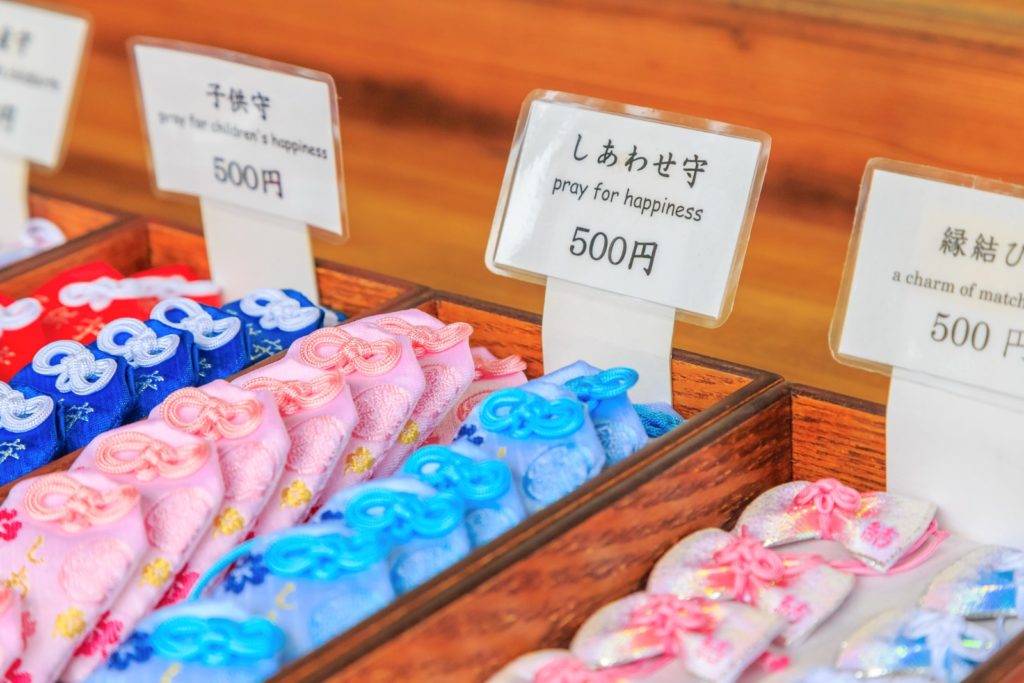
Originally made from paper or wood, omamori of all types are now available. Examples include stickers, car window decals, keychains, phone straps, credit cards, small metal charms and ones featuring Hello Kitty and popular anime characters. Some shrines and temples also have partnerships with sports teams or famous Japanese brands.
The types and designs of omamori vary from place to place. Many of the more in-demand ones can even be found being resold online for higher prices. However, shrine and temple priests strongly frown upon this practice. According to some, it can bring the opposite of good luck to both resellers and purchasers.
Some shrines and temples also have highly exclusive charms that may only be available at certain times of day, or during certain festivals each year.
Each It’s Own Purpose
Every shrine and temple has its own deities and purposes and as such, each has its own focus. Generally speaking, these focuses will determine what the “best” omamori from that shrine/temple is. However, according to a Shinto priest, I’ve spoken with: “the ideal omamori will call out to you—you will know which one you need when you see it.”
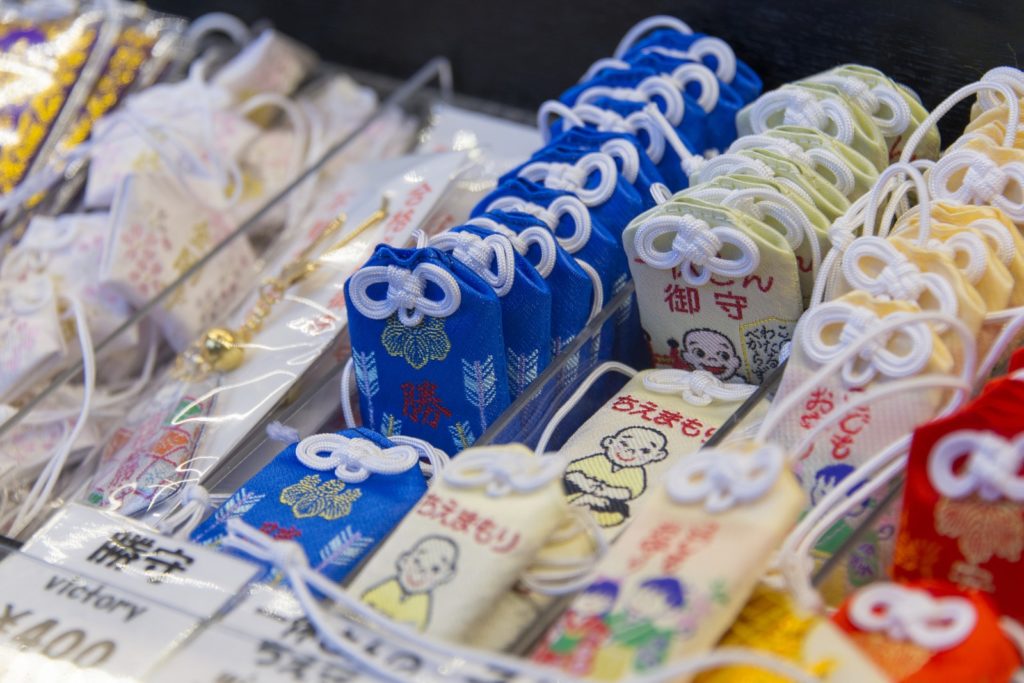 © Photo by iStock: FrankvandenBergh
© Photo by iStock: FrankvandenBerghThat being said, the most common types of omamori are as follows:
- Katsumori (勝守) – Success; to win/succeed at something you have hoped for
- Shiawase (幸せ) – Happiness; to help you achieve happiness in life
- Kaiun (開運) – Good fortune; the general “good luck” sort of talisman
- Yakuyoke (厄除け) – Warding off evil/ill fortune; prevents bad luck from hindering your goals
- Kenko (健康) – General good health
More specific but common types of omamori are:
- Anzan (安産) – for a safe and easy pregnancy and childbirth
- Kotsu-anzen (交通安全) – traffic safety; protection for drivers and travelers in vehicles
- Kanai-anzen (家内安全) – safety and well-being of your family; prosperity in the home
- Gakugyo-joju (学業成就) – for success in studies, passing exams; for students and scholars
- Shobai-hanjo (商売繁盛) – success in business, financial matters and career growth
- En-musubi (縁結び) – love; to find a partner (one charm) or to protect a relationship (two charms)
- Byoki-heyu (病気平癒) – “get well soon”; only for those currently ill or recovering from illness
There are also extra unique omamori available at certain shrines and temples too. These include:
- Kumajo (熊除) – protect against bears; found more in northern Japan
- Petto omamori mamori (ペットお守りまもり) – Pet omamori
- Joho anzen kigan 情報安全祈願 – IT/digital security talismans
There are also ones for specific hobbies, beauty and sexual health too.
Important Omamori Rules
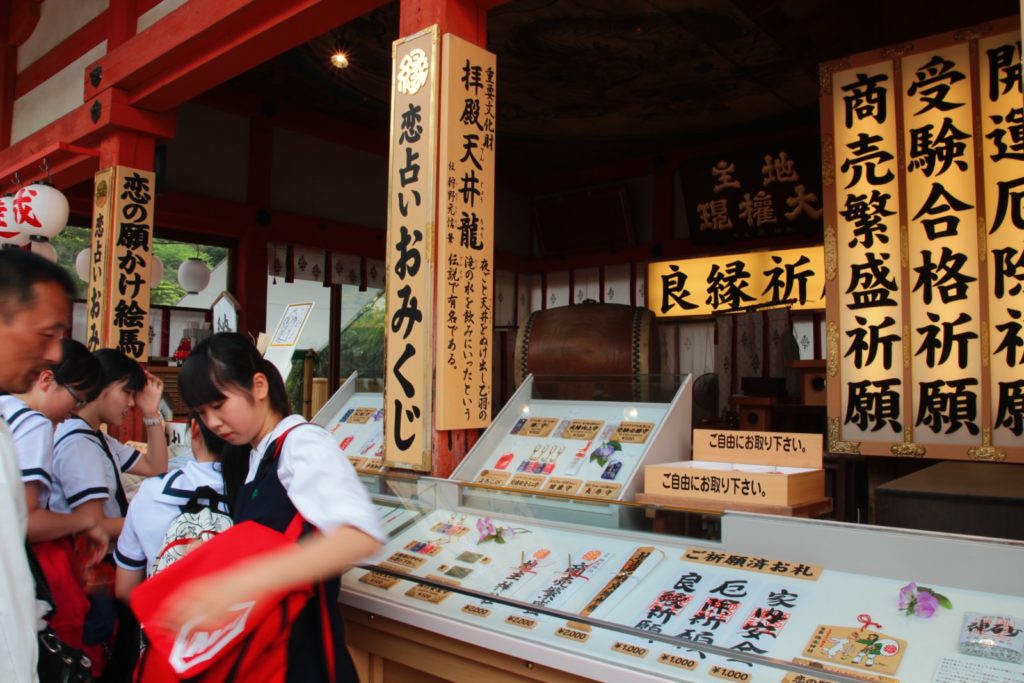 © Photo by iStock: Vincent-Ng
© Photo by iStock: Vincent-NgThe first and most important rule of omamori is to not open them. If you do, all the power they have to protect you “escapes”. Although still beautiful to look at, they essentially become worthless. If you’re wondering what’s inside, the answer is, physically, probably nothing. There may, at most, be a piece of cardboard inside to keep its shape as the protective power is not visible to the eye. If you don’t feel anything inside there is no need to worry about it.
Where should I keep it?
Omamori for education should be hung off school bags or pencil cases. The ones for becoming pregnant should be kept under your pillow, futon or mattress.
Should I get one or multiple charms?
This depends; are you looking for protection in a single area of your life or many? If only for a single area, then one will suffice.
If you need more protection than that, then you can have multiple charms. You can keep omamori from the same shrine or temple together but separate the rest. You can also keep omamori with other religious items, such as rosaries, Star of David charms, Hamsa and so on.
However, keeping Shinto omamori with Buddhist omamori may cancel out their effects. If you’re concerned about possible interactions, then you should ask the staff at the shop if they can be kept together safely. There is a saying that “virtuous deities will not find conflict with others” so you needn’t worry too much.
What should I do if it breaks or gets dirty?
The Shinto priest also told me, “This is what you should expect of your omamori—it becomes damaged, gets lost, dirtied because it is protecting you.”
If you can no longer hang the omamori from its string, it’s perfectly fine to put it inside your bag in a pocket instead or keep it in a drawer or on a shelf at home.
Do not try to wash your omamori whatever you do. You’ll be washing away the protective power and letting all the bad luck it has blocked out back into your home.
How long can I keep it for?
There are two trains of thought here. Some people believe you can keep omamori forever and never have to worry about their strength changing. Some families even pass antique omamori down through the generations.
On the other hand, some believe that a heavily damaged omamori or one that has been in use for a year should be replaced. This ties into the Shinto belief in renewal, wherein shrine buildings and so on are rebuilt every 20 years or so.
In this case, the omamori have to be taken back to the shrine/temple they were purchased from to be disposed of properly. You can’t give them back to a different shrine/temple because it is considered an insult to that deity, and they might not be very happy to help you out in the New Year as such.
Old Omamnori Drop Off
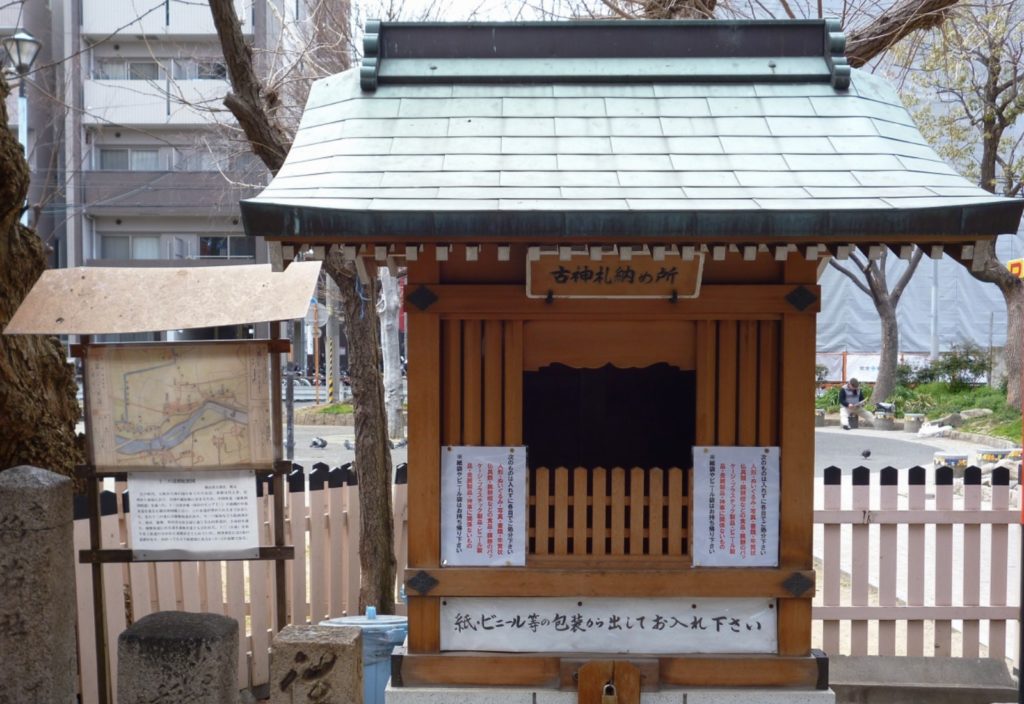
Major temples and shrines will have an “old omamori drop off” (koshinsatsu osamedokoro 古神札納め所, or furufuda osamedokoro 古札お納め所) all year round. Meanwhile, smaller ones will only have one during New Year celebrations. If you aren’t sure, simply tell someone at the shrine/temple that you have old omamori and they will help you out.
During the first, second or even third week of the New Year, these old omamori and other returned items will be burned in a ritual fire known as a o-takiage (お焚き上げ) within the shrine or temple grounds that will purify and remove all bad luck that they have gathered over their use.
Hopefully, this guide will help you find the perfect Japanese lucky charms or omamori to protect you! We wish you all the best of luck for 2025.
This article has been republished for 2024.

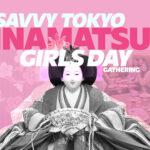



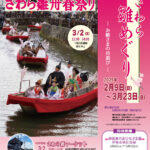
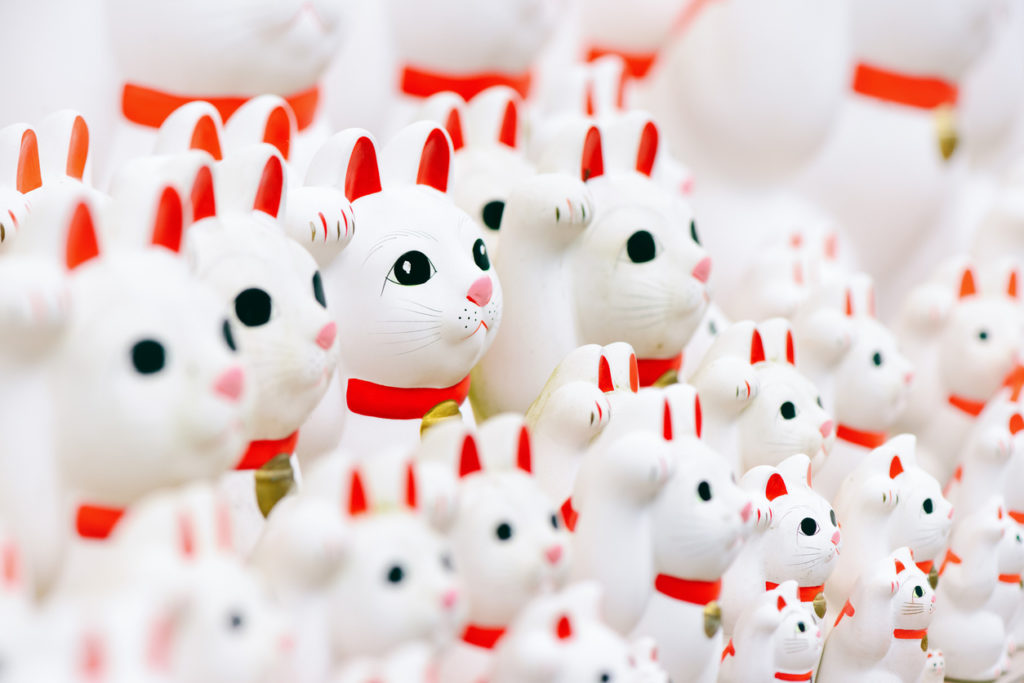





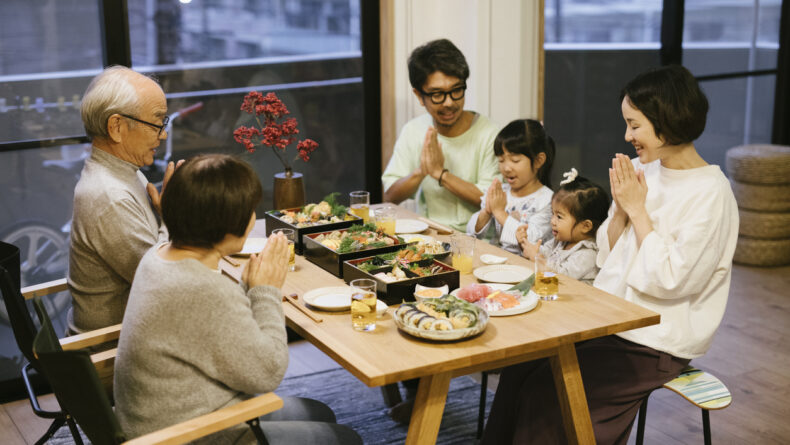
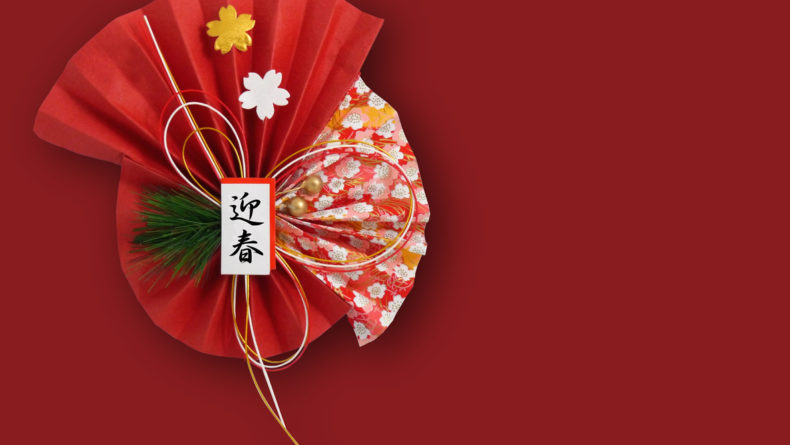
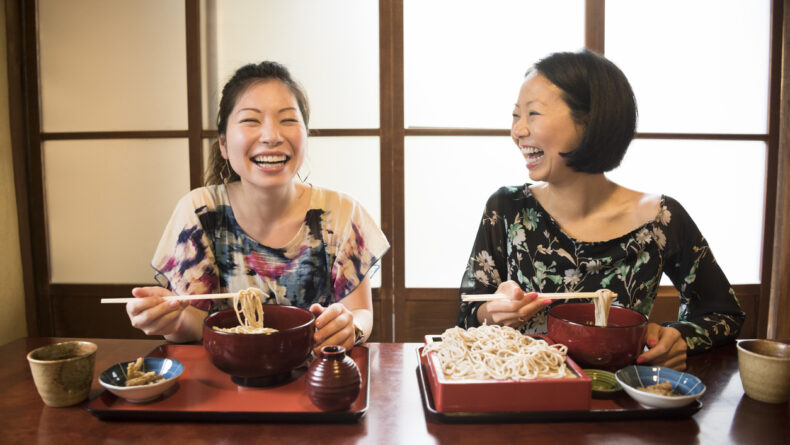

There’s nothing in my omamuri when i tried to feel it. Is that ok?